First, fonts are drawn around the "base line", that is, the y position represents the baseline, so the text can grow above it and below it...

So, instead of using -textheight, you should be using FontMetrics#getAscent
Second, you need to keep track of all the previous locations text was painted, you could do this by using FontMetrics#getStringBounds, which returns a Rectangle2D and simply keep a list of this, which you can iterate over to check if the new text intersects any other, as an example...

import java.awt.Color;
import java.awt.Dimension;
import java.awt.EventQueue;
import java.awt.Font;
import java.awt.FontMetrics;
import java.awt.Graphics;
import java.awt.Graphics2D;
import java.awt.geom.Rectangle2D;
import java.awt.image.BufferedImage;
import java.io.BufferedReader;
import java.io.File;
import java.io.FileReader;
import java.io.IOException;
import java.util.ArrayList;
import java.util.Collections;
import java.util.List;
import java.util.Random;
import javax.swing.JFrame;
import javax.swing.JPanel;
import javax.swing.UIManager;
import javax.swing.UnsupportedLookAndFeelException;
public class Test {
public static void main(String[] args) {
new Test();
}
public Test() {
EventQueue.invokeLater(new Runnable() {
@Override
public void run() {
try {
UIManager.setLookAndFeel(UIManager.getSystemLookAndFeelClassName());
} catch (ClassNotFoundException | InstantiationException | IllegalAccessException | UnsupportedLookAndFeelException ex) {
ex.printStackTrace();
}
JFrame frame = new JFrame("Testing");
frame.setDefaultCloseOperation(JFrame.EXIT_ON_CLOSE);
frame.add(new TestPane());
frame.pack();
frame.setLocationRelativeTo(null);
frame.setVisible(true);
}
});
}
public class TestPane extends JPanel {
private BufferedImage img;
public TestPane() {
img = new BufferedImage(1200, 650, BufferedImage.TYPE_INT_ARGB);
try (BufferedReader br = new BufferedReader(new FileReader(new File("Words.txt")))) {
List<String> words = new ArrayList<>(25);
String text = null;
System.out.println("Read");
while ((text = br.readLine()) != null) {
words.add(text);
}
System.out.println("Loaded " + words.size());
Collections.sort(words);
Random rnd = new Random();
Font font = getFont();
Graphics2D g2d = img.createGraphics();
g2d.setColor(Color.WHITE);
g2d.fillRect(0, 0, 1200, 650);
List<Rectangle2D> used = new ArrayList<>(25);
for (String word : words) {
int size = rnd.nextInt(37) + 11;
Font drawFont = font.deriveFont((float) size);
FontMetrics fm = g2d.getFontMetrics(drawFont);
Rectangle2D bounds = fm.getStringBounds(word, g2d);
System.out.println("Positing " + word);
do {
int xPos = rnd.nextInt(1200 - (int)bounds.getWidth());
int yPos = rnd.nextInt(650 - (int)bounds.getHeight());
bounds.setFrame(xPos, yPos, bounds.getWidth(), bounds.getHeight());
} while (collision(used, bounds));
used.add(bounds);
g2d.setFont(drawFont);
g2d.setColor(Color.BLACK);
g2d.drawString(word, (float)bounds.getX(), (float)bounds.getY() + fm.getAscent());
g2d.setColor(Color.RED);
g2d.draw(bounds);
}
g2d.dispose();
} catch (IOException exp) {
exp.printStackTrace();
}
}
@Override
public Dimension getPreferredSize() {
return new Dimension(1200, 650);
}
@Override
protected void paintComponent(Graphics g) {
super.paintComponent(g);
Graphics2D g2d = (Graphics2D) g.create();
g2d.drawImage(img, 0, 0, this);
g2d.dispose();
}
protected boolean collision(List<Rectangle2D> used, Rectangle2D bounds) {
boolean collides = false;
for (Rectangle2D check : used) {
if (bounds.intersects(check)) {
collides = true;
break;
}
}
return collides;
}
}
}
The red rectangles are just for demonstration purposes and you can get rid of those.
This does, however, demonstrate a small problem, not all the text fills all of the rectangle.
A more complex solution would be to use a TextLayout to generate a Shape of the text, which would allow words to be grouped much closed together.
Have a look at Assigning a image to a String for a demonstration of how this can be generated

